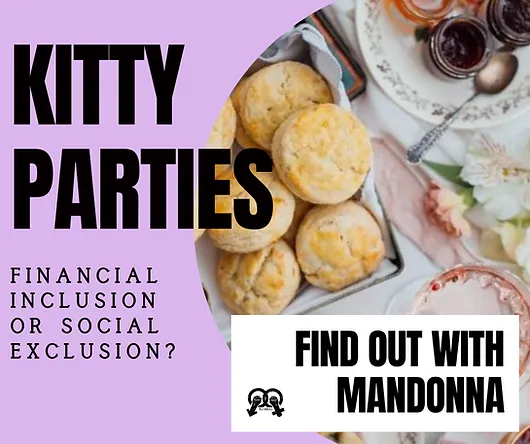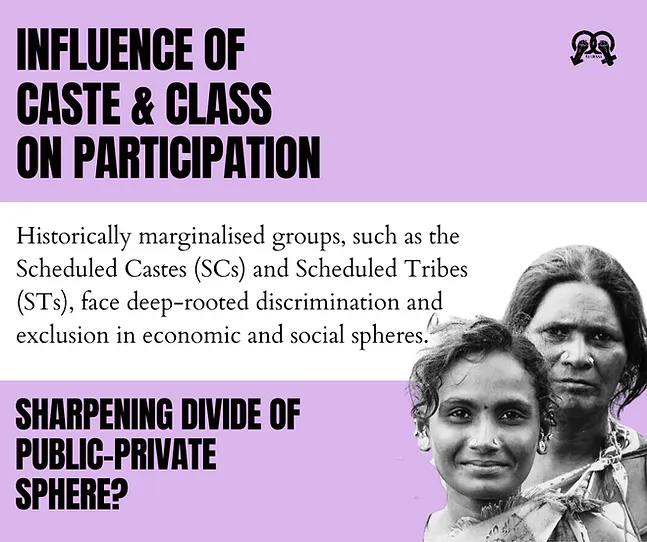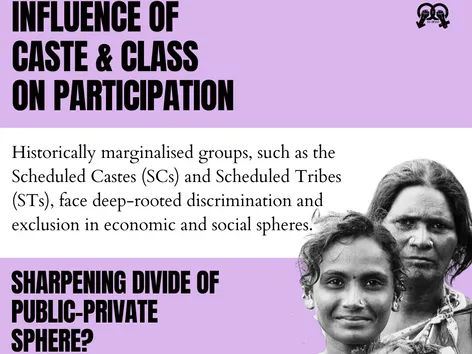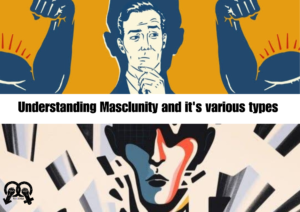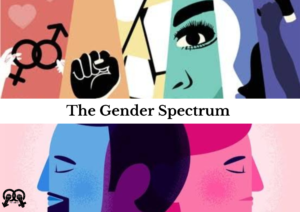The history and evolution of kitty parties, unfortunately, have received limited attention in existing literature, but according to Sethi, they originated from rotating saving associations prevalent in southern parts of South Asia. These associations involved writing contributors’ names on paper, folding them, and drawing a “winner” from a bowl. However, kitty parties diverge from traditional saving associations by prioritising socialising and entertainment over savings, attracting a predominantly middle and upper-class participant base rather than lower-income groups.
In northern India, the emergence of kitty parties can be traced back to the post-Independence era, particularly in the states of Punjab, Haryana, and New Delhi. Anne Waldrop’s documentation of middle-class femininity in India reveals how modern-day kitty parties not only helped in establishing economic flexibility but also served as spaces of self-expression and self-worth, with many women becoming more confident to take up space and satisfy their material needs.
In addition to their social and recreational aspects, kitty parties have undergone economic transformations, expanding beyond traditional savings associations. Nowadays, these gatherings serve as platforms for women to engage in collective financial initiatives, such as microfinance groups. Within these groups, women pool their resources, contributing a portion of their earnings to a common fund. This collective fund is then utilised for various purposes.
The shift towards incorporating economic activities within kitty parties reflects a growing recognition among participants of the potential impact they can have beyond their immediate social circles.
Incorporating micro-finance into kitty parties has far-reaching implications that extend beyond surface-level observations. One significant dimension is the creation of a collective economic capital that can be utilised through loans or investments, providing opportunities for wealth generation. But this economic flexibility primarily benefits a specific set of people who are well connected with the members of the kitty, further exacerbating existing inequalities by limiting the scope of loans and investments horizontally within the same social class.
Another aspect is the involvement of women in philanthropic endeavours within the framework of kitty parties. By contributing to social causes, they position themselves as progressive financial thinkers. Parul Bhandari highlights that the “secret financial lives” that women lead in the context of kitty parties encompass more than just their spending privileges. These financial practices deeply influence their self-perception, overall life outlook, and social status assessments.
When exploring the dynamics of caste and class within the context of kitty parties, it becomes evident that these gatherings tend to be exclusive in nature. Monetary contributions play a pivotal role in joining a kitty, effectively favouring individuals with higher economic status. As a result, kitty parties primarily attract the urban elite who have the financial means to engage in leisure activities without significant financial concerns. This exclusivity creates barriers for individuals from economically disadvantaged backgrounds, denying them access to such luxuries and reinforcing existing inequalities.
To understand the impact of this exclusivity, it is crucial to consider the composition of the poorer sections of Indian society. Historically marginalised groups, such as the Scheduled Castes (SCs) and Scheduled Tribes (STs), face deep-rooted discrimination and exclusion in the economic and social spheres. Data substantiates these disparities, highlighting the challenges faced by these communities. According to estimates from the Global Multidimensional Poverty Index (MPI), a significant portion of India’s population experiencing multidimensional poverty belongs to households categorised as Scheduled Castes (SC), Scheduled Tribes (ST), or Other Backward Classes (OBC). Among these groups, ST households exhibit the highest prevalence of multidimensional poverty, with over 50% falling into this category. SC households follow with a rate of 33.3%, and OBC households with 27.2% [15]. Despite the widespread existence of caste and tribe-based social stratification in India, which results in notable variations in socio-economic characteristics, there remains a notable research gap in exploring these dimensions within the analysis of multidimensional poverty in the country.
Moreover, social exclusion and limited access to resources further compound the economic disadvantages faced by SCs and STs. These communities often encounter restricted employment opportunities, limited educational access, and inadequate representation in decision-making processes. The gendered implications of poverty itself lead to the social exclusion of women from lower castes who come from financially unstable backgrounds. This sharpens the divide between the public and private spheres, as these women experience a loss of agency and autonomy that is usually associated with the formation of gatherings such as that kitty parties.
In conclusion, while kitty parties may appear to be harmless gatherings of women, a deeper examination exposes the underlying power imbalances driven by class and caste inequalities. These groups operate as social exclusions, reinforcing and perpetuating existing disparities within society. The privilege of participating in kitty parties is often limited to those who belong to higher social classes, further widening the gap between the affluent and the marginalised. In recent years, the middle class has experienced significant growth, accompanied by the empowerment of historically marginalised communities. This has led to a remarkable transformation of kitty parties in traditionally underprivileged areas, resembling the essence of Self Help Groups (SHGs). These evolving kitty parties are no longer confined to mere social gatherings; they have taken on a new role, responding to a distinct set of challenges.
In Maharashtra, for instance, women in rural villages have leveraged these transformed kitty parties as a means to address shared concerns like water scarcity. They have come together to support and assist one another during times of need, demonstrating the potential of collective action and solidarity in overcoming community-wide issues. The emergence of SHG-like kitty parties highlights the resourcefulness and adaptability of individuals in underprivileged areas, utilising existing social structures to foster progress.
While these initiatives demonstrate the potential for grassroots-driven change, it is essential to address underlying structural barriers to ensure inclusivity and equitable outcomes. For now, the kitty of the urban elite remains as socially exclusive as ever, with a faint hope of transforming into a vehicle of social change.
